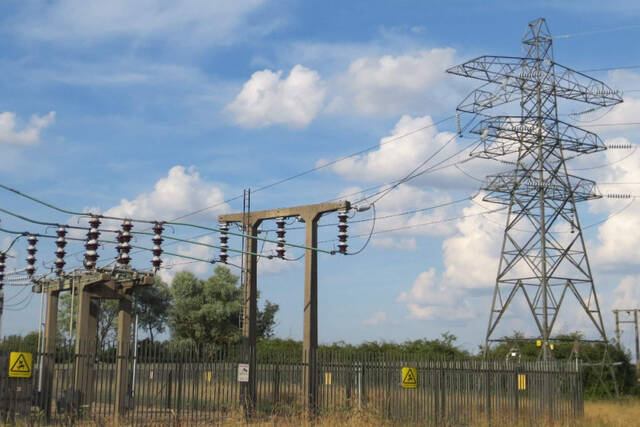- Power in alternating current circuits: RMS value, active power, reactive power, power factor, reactive compensation.
- Voltage drop, power transmission between voltage sources, short-circuit power.
- Three-phase system: principles and advantages, connections Y and D, formulas for balanced operation, single-phase diagrams, calculation for unbalanced case.
- The transformer. principle, formulas for ideal transformer; analysis by referred quantities equivalent circuit with magnetisation and losses; percentage impedance; the autotransformer; three-phase connection types
- Electric machines: calculations on the synchronous machine in operation as motor or generator; the principle and simple calculations on asynchronous and dc machines.
- Power electronics: diodes, thyristors and transistors; common applications for rectification and control; more about RMS value, mean and harmonics.
- The design of the power grid from low-voltage systems to the transmission network.
- Safety and protection: regulatory frameworks, dangers with electricity, protection against overcurrents and earth faults at different system levels.
